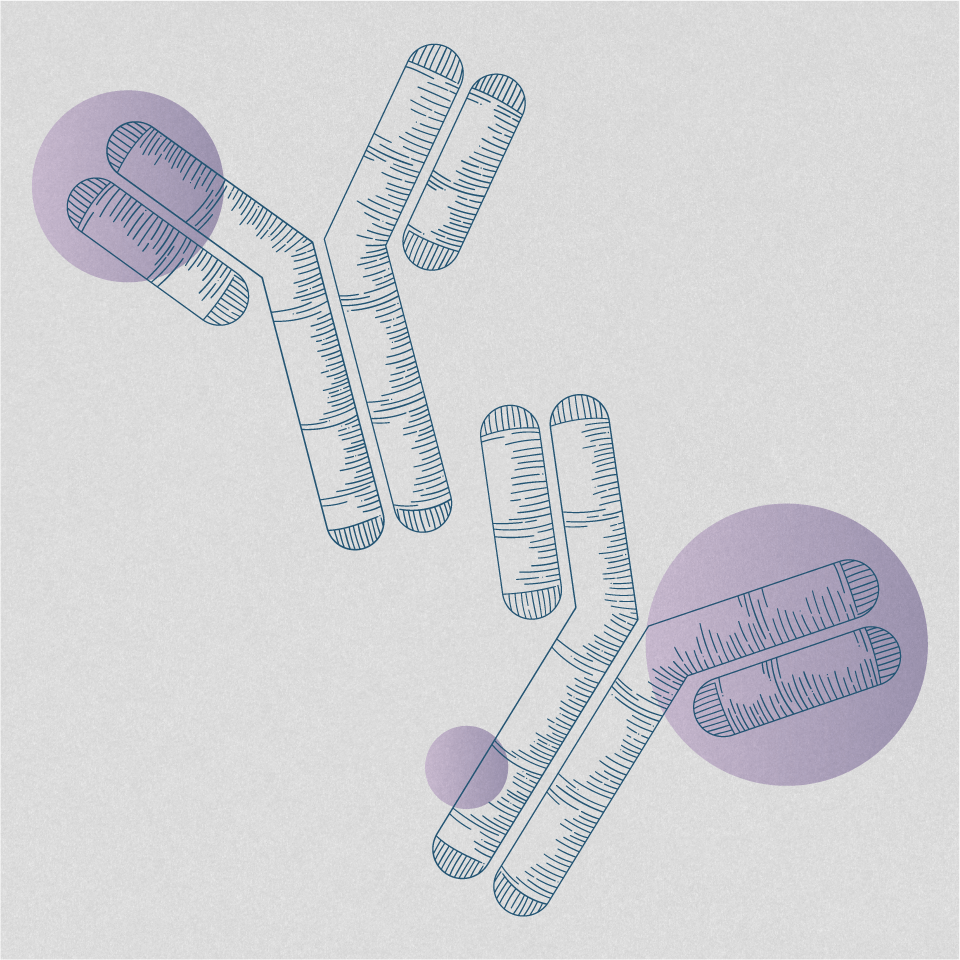
Imaging the migraine brain
Advances in brain imaging have increased our understanding of migraine pathophysiology. But could brain imaging be used to predict migraine progression and how a patient will respond to treatment? At the 13th annual congress of the European Headache Federation, Prof. Todd J Schwedt (Mayo Clinic, USA) and Dr Anders Hougaard (University of Copenhagen, Denmark) discussed the past, present and future of migraine brain imaging.
We should work to see if we can predict outcomes, including individual responses to therapy, using imaging data.
Structural changes in migraine
Prof. Schwedt used his presentation to outline how structural brain imaging has contributed to understanding migraine pathophysiology and how imaging could be used for developing migraine biomarkers. He began by outlining techniques for comparing the brains of migraineurs with healthy controls, including magnetic resonance imaging (MRI), diffusion tensor imaging (DTI) and magnetic resonance (MR) tractography. A study using MRI has demonstrated cortical thinning in migraineurs compared with healthy controls, with differences observed bilaterally in the central sulcus, the left middle-frontal gyrus, the left visual cortices and the right occipito-temporal gyrus.1 Similarly, structural abnormalities of the brainstem have been observed in migraineurs, including smaller midbrain volume, inward deformation of the ventral midbrain and pons, and outward deformations in the lateral medulla and dorsolateral pons.2
In Prof. Schwedt’s opinion, understanding aberrant brain structure in migraine patients could lead to the development of objective, replicable biomarkers for migraine. These biomarkers could be beneficial for diagnostic and prognostic purposes, and may eventually be used to predict how a specific patient will respond to treatment.
Functional changes in migraine
Dr Hougaard used his presentation to highlight successes in using functional imaging to understand migraine. He began by discussing research in which brainstem activation was observed during a spontaneous migraine attack, with increased activity persisting after an injection was administered to induce complete relief from headache, phonophobia and photophobia.3 While researchers have used different techniques to explore the reproducibility of these findings,4 there is still a need to uncover precisely which brainstem subregions are involved in migraine, whether this evidence can be used to diagnose migraine, and the effect of different migraine therapies on brainstem activity.
In Dr Hougaard’s opinion, functional imaging is a powerful approach for studying migraine pathophysiology. The example of research into brainstem activity during migraine attacks highlights the need for clinical evidence to be reproducible, and for researchers to build on existing research to gain greater insights into the underlying cause of migraine.
The future of brain imaging in patients with migraine
Brain imaging has been used to identify aberrant structures and alterations in brain activity in patients with migraine. Both Prof. Schwedt and Dr Hougaard highlighted the potential of brain imaging to identify biomarkers of migraine that can be applied at a patient level. While imaging can be used to identify migraine subtypes5 and to differentiate between headache types,6 there is more work to be done in this area. This may include using brain imaging to predict patient outcomes and responses to individual therapies, and combining structural and functional evidence to gain more powerful insights into migraine.
Magon S, et al. Cortical abnormalities in episodic migraine: A multi-center 3T MRI study. Cephalalgia 2019;39:665–673.
Chong CD, et al. Structural alterations of the brainstem in migraine. Neuroimage Clin 2017;12:223–227.
Weiller C, et al. Brain stem activation in spontaneous human migraine attacks. Nat Med 1995;1:658–660.
Hougaard A, et al. Increased intrinsic brain connectivity between pons and somatosensory cortex during attacks of migraine with aura. Human Brain Map 2017;38:2635–2642.
Schwedt TJ, et al. Migraine subclassification via a data-driven automated approach using multimodality factor mixture modeling of brain structure measurements. Headache 2017;57:1051–1064.
Chen W-T, et al. Comparison of gray matter volume between migraine and “strict-criteria” tension-type headache. J Headache Pain, 2018;19:4.



